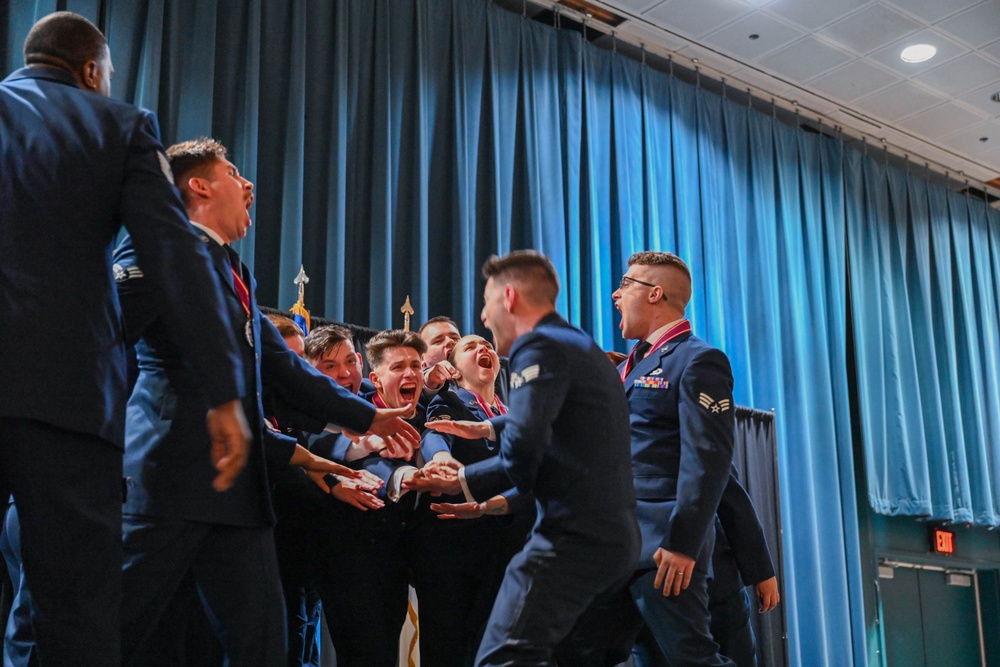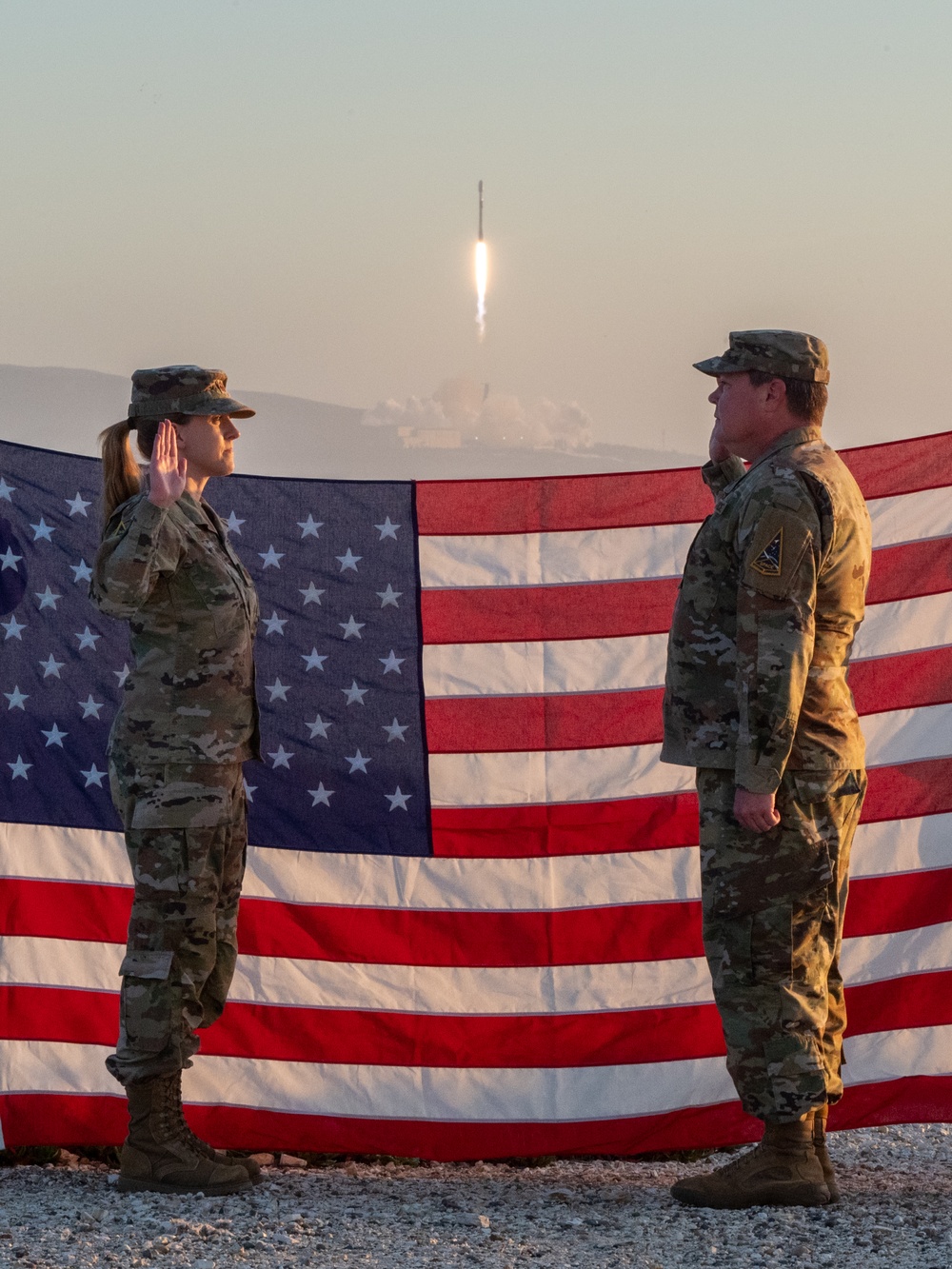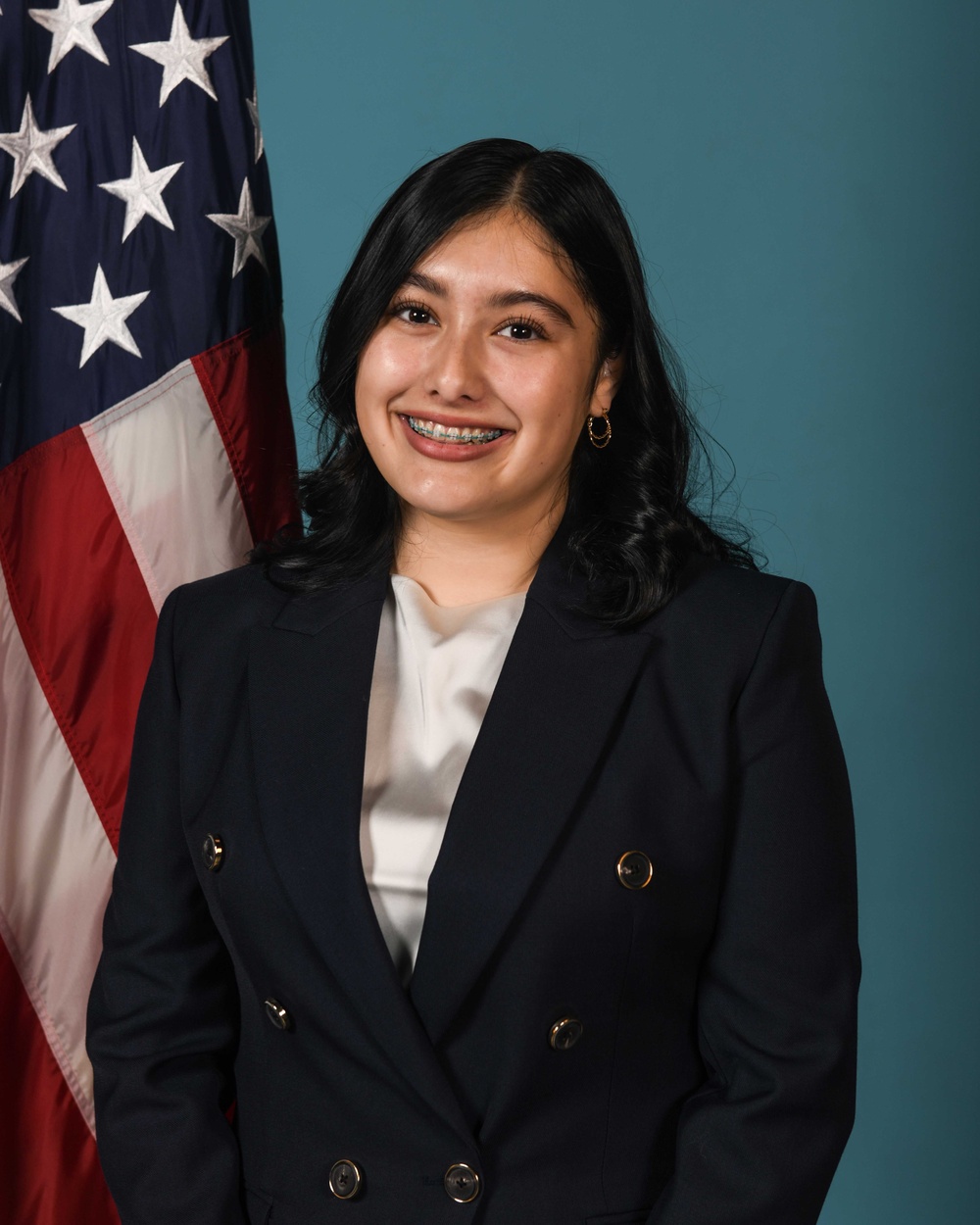DVIDS – News – NASA Astronaut Hopkins visits Peterson and Schriever
PETERSON SPACE FORCE BASE, Colo. – U.S. Space Force Col. Mike Hopkins, NASA astronaut, treated personnel at Peterson Space Force Base and Schriever Space Force Base, Colorado, to an out-of-this-world visit, Jan. 25-26, 2022.
Hopkins, the first astronaut to transfer into the Space Force, spent both days connecting with Airmen, Guardians and civilians, sharing stories about his two missions to the International Space Station. He also discussed life in space, his career in the military and at NASA, and did a Q&A with audiences at both bases.
The first thing Hopkins wants people to know, is that there is no typical day in the life of an astronaut.
“An astronaut’s responsibilities and areas that they need to have skills in is wide ranging,” said Hopkins. “We have to know all about the International Space Station, all the systems on board, we have to know about the science [experiments] and how you execute them, how to operate a robotic arm, be able to go out and do spacewalks, speak Russian, and fly the vehicle that’s taking you to and from the space station.”
According to Hopkins, all of that adds up to very long working days over years leading up to, during, and after a mission to space. However, one reward that comes from the long hours and preparation is the sense of “overview” that astronauts often experience looking down on Earth from orbit.
“That’s this idea that people have talked about where you look out the window when you first get into space, and you see the Earth in all its glory. You see this very thin atmosphere that’s keeping us alive, you don’t see borders and you realize how connected we all are, and so they often talk about the clarity that comes from that,” he explained.
However, Hopkins said that experience didn’t happen right away during his first trip to the ISS in 2013, adding, “when I first got into space, I didn’t have that kind of experience and part of the reason for that is it was a weird feeling. When I first got into microgravity, I felt like I was falling.”
Rather, the experience of overview developed over the course of his months-long missions in space.
“Fortunately, I was up there for 330-plus days, and so I had opportunities to spend some time looking down and contemplating on that. And for me, when I think about the overview effect, and that kind of experience, I have a little bit different take on it,” he said. “I just know it looks beautiful from up here, and so rather than looking down at the Earth and feeling like I had all these answers, it made me realize I had nothing but questions and that I really don’t understand as much as I think I do about the world that we live in.”
Hopkins recently served as SpaceX Crew-1 commander and the ISS flight engineer for Expedition 64 from Nov. 15, 2020, to May 2, 2021. While in orbit, he contributed to scientific investigations, technology demonstrations, growing crops and taking hundreds of pictures of Earth.
During that mission, Hopkins became the first U.S. Space Force astronaut when he voluntarily transferred from the U.S. Air Force while in orbit on the ISS, Dec. 18, 2020. According to Hopkins, this follows a tradition of each branch of the military sending officers to serve as astronauts at NASA, which now includes two Guardians.
“As a military officer, you definitely have an experience of working in an operational environment that can be challenging at times, and so being able to perform in those kind of environments, I think, is something that the military often brings to the table,” he said.
For Hopkins, transferring into the USSF was not only about bringing his career “full circle,” but also accepting the challenges of building and representing a new military service.
“Well, it is certainly an honor. It doesn’t come without its pressure, though, right?” Hopkins quipped. “Because there’s so much of the Space Force right now that we’re still trying to figure out in terms of the culture and some of the models, the visions, the mission; all of that is, in many cases, still kind of being worked out, and so one of the nice things about being that representative to NASA is helping with that understanding of what the Space Force mission is.”
According to Hopkins, another facet of being a representative of the service is distinguishing NASA’s mission from the Space Force mission.
“When it comes to space in general, I think a lot of people originally, or maybe still think that NASA is part of the Space Force, or Space Force is part of NASA,” he explained. “NASA has that civilian mission of exploring space, whether it be with humans or robotically, and understanding the Earth, and the Space Force has the mission of making sure NASA can do theirs.”
While NASA and the Space Force have different missions, they operate in the same domain- space. Hopkins explained some of the ways NASA depends on the capabilities provided by Guardians back on Earth.
“One of the big ways that the Guardians help is just in the tracking of all the objects that are up there [in orbit],” he said. “Those objects are becoming more and more an issue for the International Space Station.”
He said they also depend on broader military support during launches and landings, adding, “there are a lot of military resources that are standing by if there’s something that goes wrong… [resources] that are there and ready to go if we should have to abort and we end up landing in the ocean.”
Ultimately, Hopkins said he wants to share his experiences with others and possibly inspire the next generation of astronauts.
“It means a lot because I started out in the Air Force, so this is this is my community. It’s nice to be able to share the experience of spaceflight and to be able to maybe give folks a little bit of understanding of the human side,” he explained. “I can’t wait for the day where I’m sitting in the audience and getting to listen to maybe a future Guardian that has just gone to the Moon.”
| Date Taken: | 02.07.2022 |
| Date Posted: | 02.07.2022 18:45 |
| Story ID: | 414212 |
| Location: | PETERSON SPACE FORCE BASE, CO, US |
| Web Views: | 120 |
| Downloads: | 1 |
PUBLIC DOMAIN
This work, NASA Astronaut Hopkins visits Peterson and Schriever, by Paul Honnick, identified by DVIDS, must comply with the restrictions shown on https://www.dvidshub.net/about/copyright.



